Hungry, fancy some lunch?
I am sure that whilst you have been wandering around Novalja you have been hit by the warm smell of fabulous foods radiating from the restaurants!
As we said many times before, the food in Croatia is simply fantastic so we think you should also try some of the more traditional dishes whilst in town.
Here are a few mouth watering Croatian lunch dishes for you…are you ready!!!
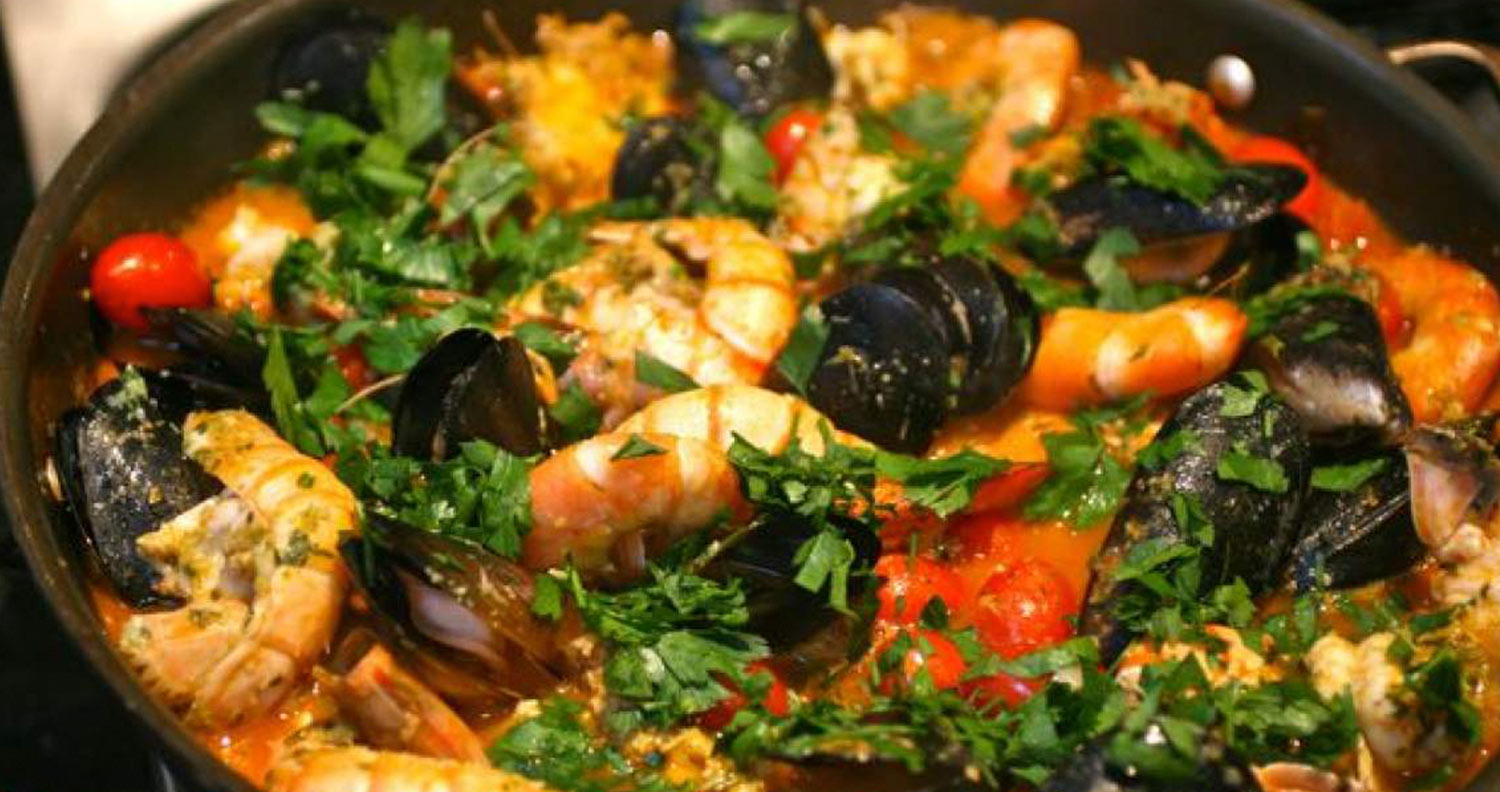
Brodet
One of our favourite traditional Croatian lunch dishes. Brodet.
Brodet is a seafood stew found on the coast of Croatia. It is made up of several types of fish stewed together with spices, vegetables and red or white wine.
It is typically prepared in a single pot and usually served with Polenta or toasted bread which soaks up the fish broth. Yum!
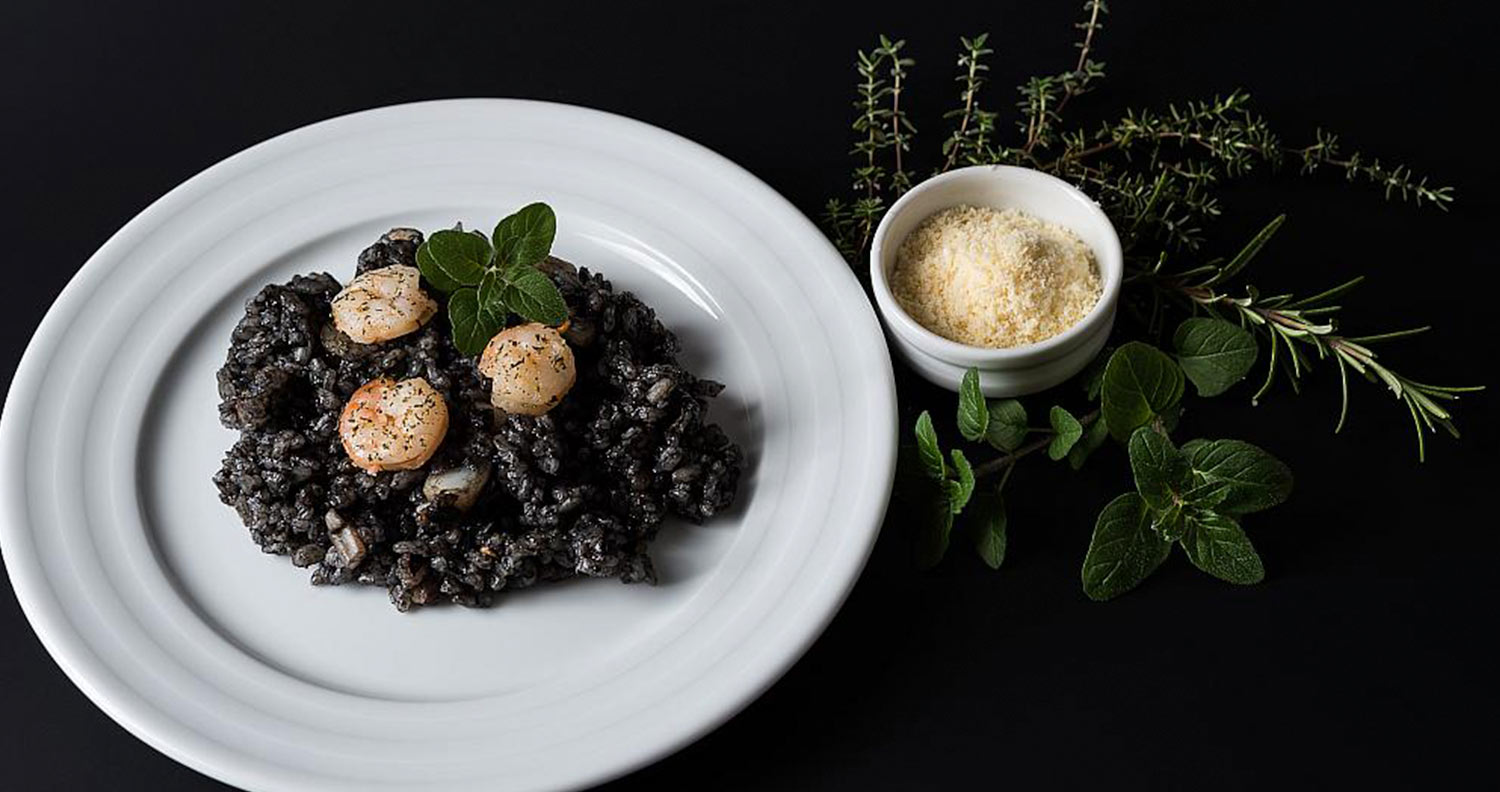
Black Risotto
This strange looking food is a popular Croatian lunch dish, it is a seafood dish made with the addition of squid ink.
More and more tourists are ordering this food and it is available from Istria to Dalmatia and Dubrovnik. You must be a fish lover for this as it is very ‘fishy’ indeed. It is made from rice, cuttlefish, cuttlefish ink, onion, garlic, red wine and olive oil. Are you intrigued, try this stunning establishment in the heart of Novalja.
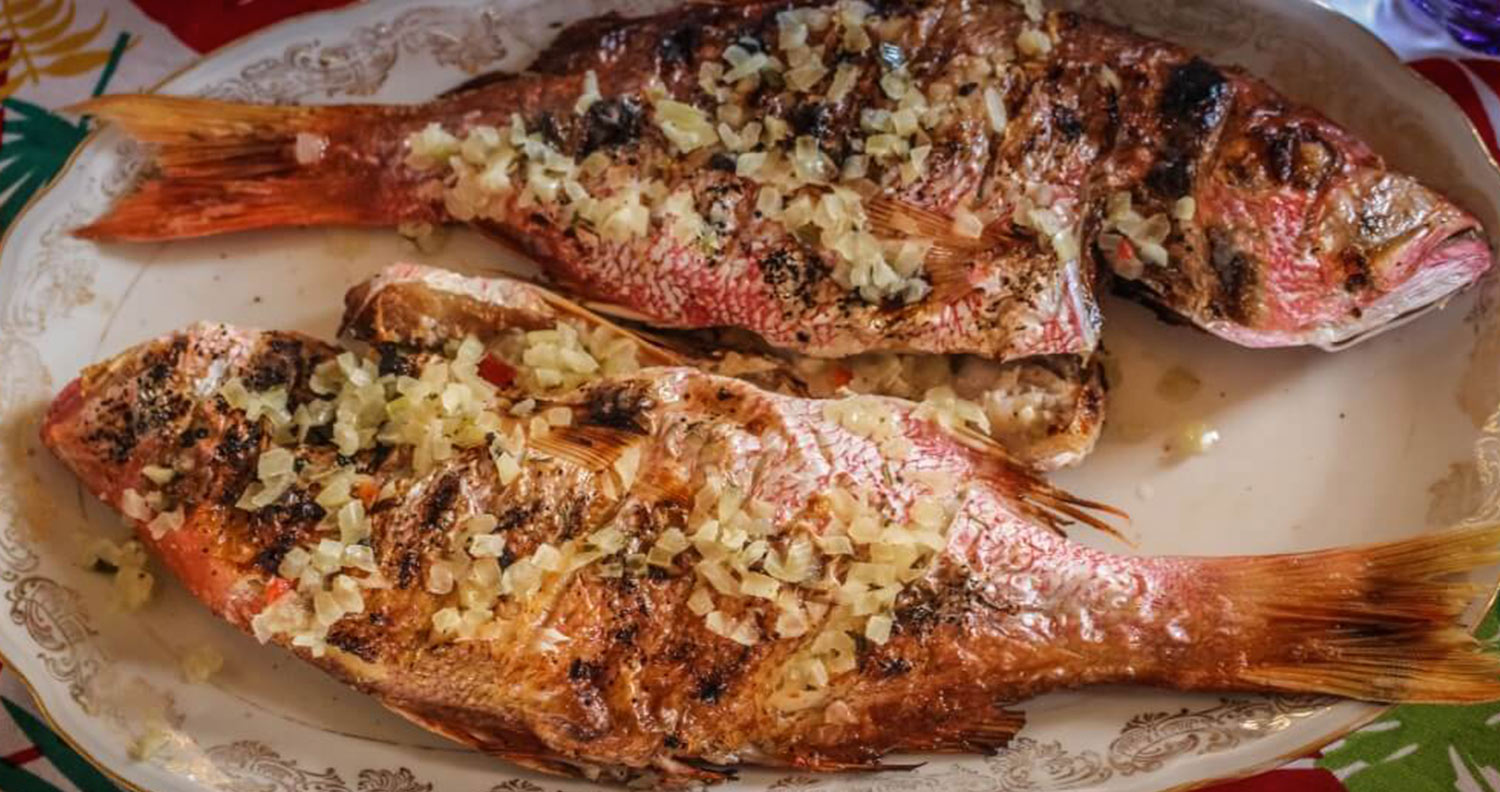
Grilled Fresh Fish
In a typical Konoba (tavern), you will be able to pick right from a platter (or the fridge itself in some cases!) of whole fish - generally the fish will be a selection of sea bream, sea bass and John Dory.
Your fish will then be weighed, grilled, and served with a drizzle of olive oil, a chunk of lemon, vegetables and potatoes. Absolutely divine!
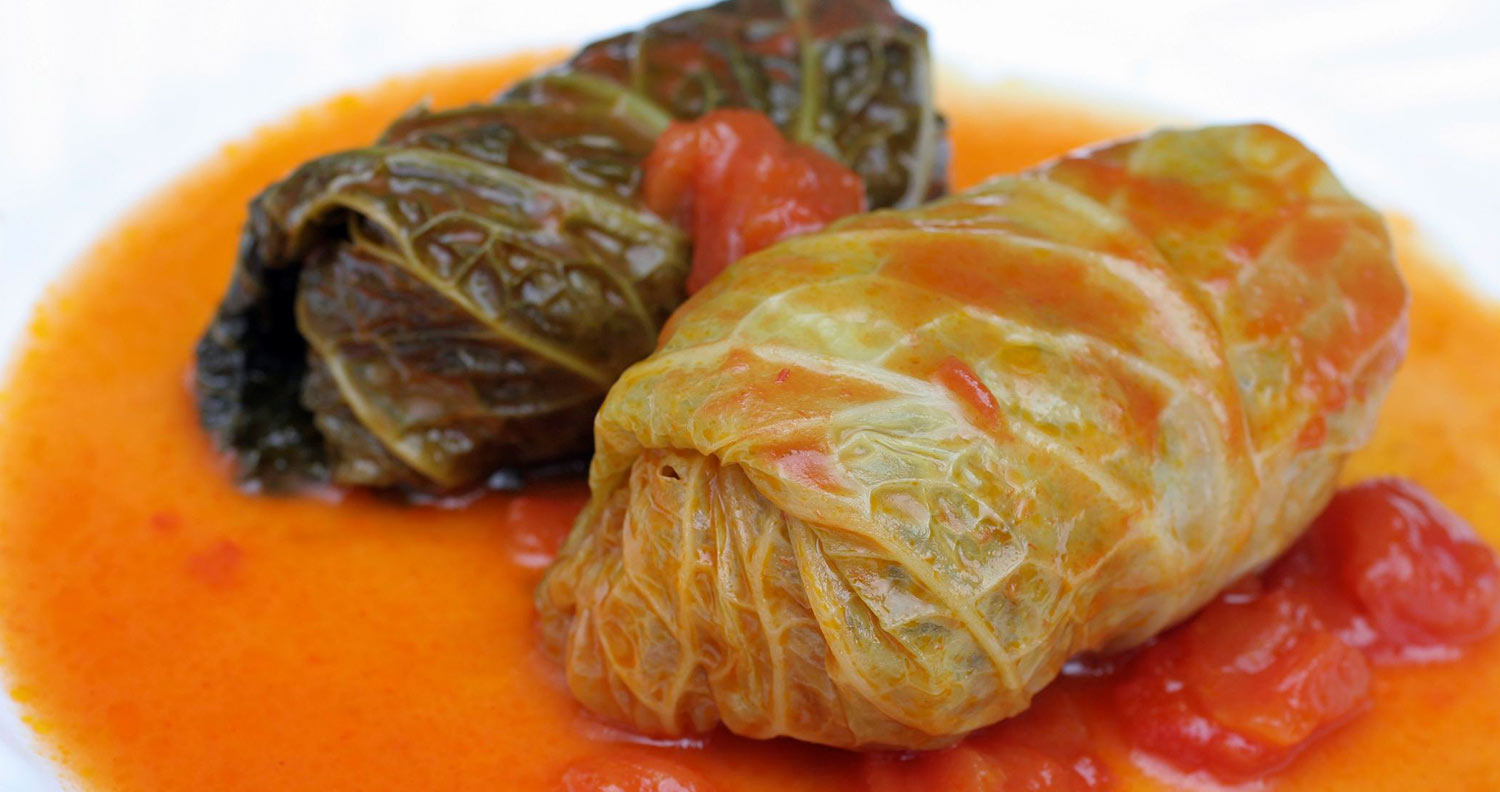
Sarma
This is without doubt one of the ‘more’ish’ Croatian lunch dishes ever!
Sarma is actually really simple and is basically cabbage leaves stuffed with mince and or rice. It originated in Turkey but is now one of the most popular dishes amongst Croatian locals.
You will be hooked, you have been warned!
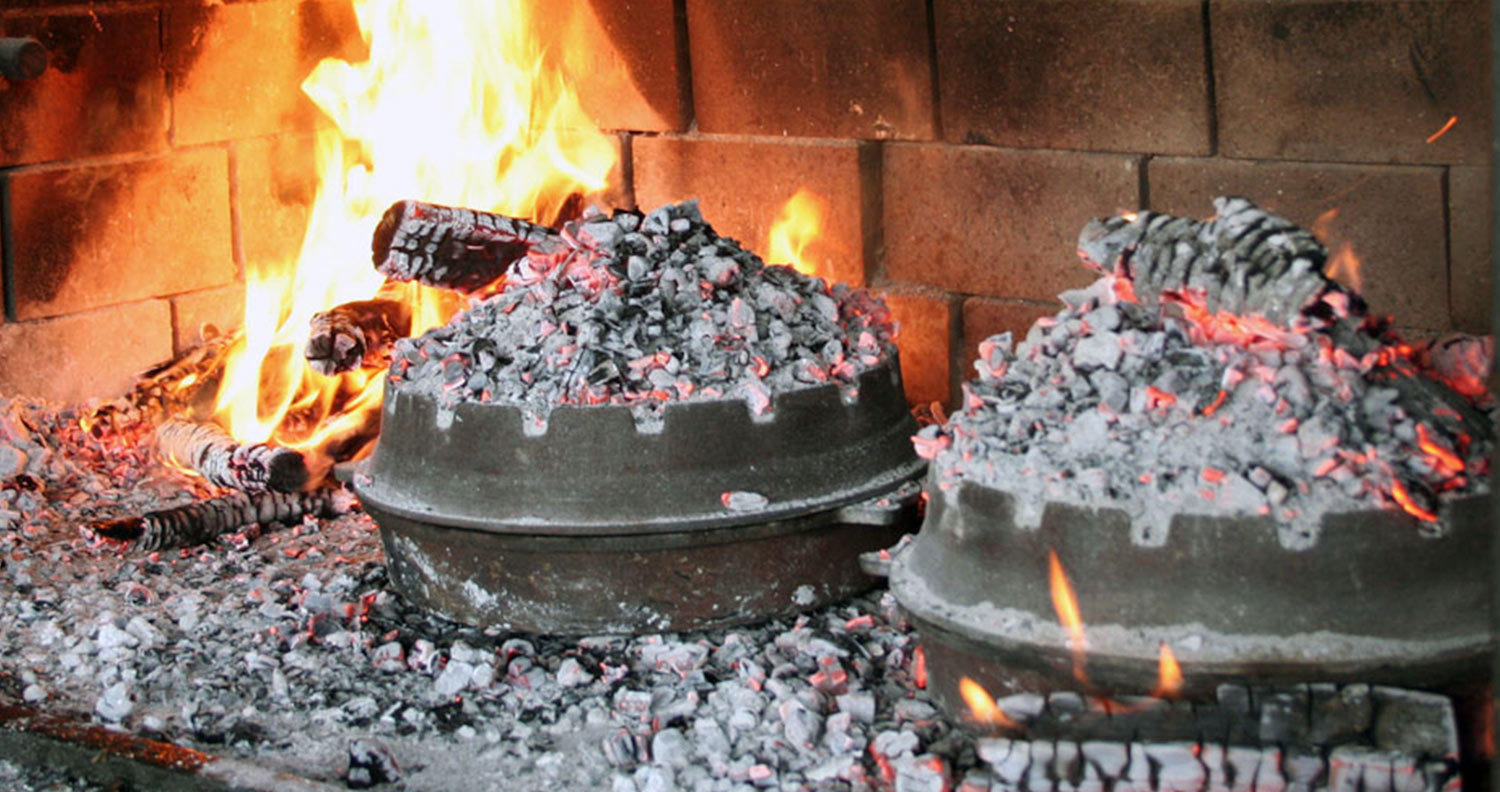
Peka dishes
This isn’t essentially a lunch dish, it is a method of cooking that we have to cover as it is incredible..
A peka is a domed iron lid used to cover a casserole pot. The pot is then buried under glowing embers to create a slow-cooking oven.
It's mostly used for cooking either lamb or fish, along with potatoes and other vegetables.
